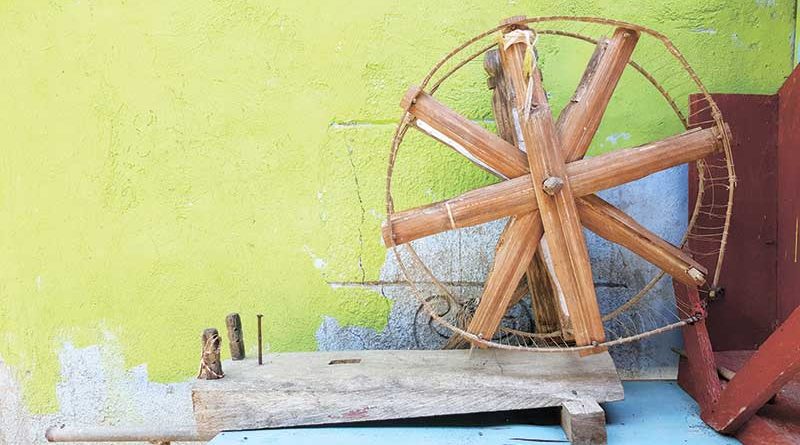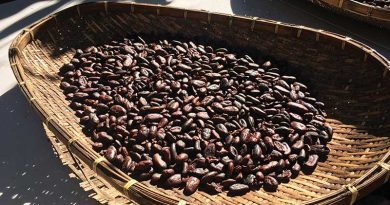Weaving through the fabric of time
By Patricia May P. Catan
AN ANCIENT textile art and craft, weaving is a method that involves two distinct sets of threads or yarns interlaced at right angles to form a fabric or cloth. Practiced in the Philippines since ancient times, Philippine weaving involves many threads being measured, cut, and mounted on a wooden platform.
Weaving has played a significant role in the works of art in the country, leaning towards textile art traditions. From fibers and threads to colors and prints, this vibrant Philippine craftsmanship speaks so much about the country’s culture and artistry.
Philippine weaves emanate intricate features that bring attention to the country’s indigenous communities. Paying homage to these indigenous communities and recognizing local heritage, SunStar Weekend identifies some of the country’s traditional woven fabrics.
Hablon
 Crafted from the province of Argao since the 1900s, this traditionally hand-woven fabric known as “hablon” originates from the word “habol”, which translates to cover one’s self with a cloth for protection against cold weather or mosquito bites. “Hablon” refers to the age-old weaving process and the woven product is called “hinablon.”
Crafted from the province of Argao since the 1900s, this traditionally hand-woven fabric known as “hablon” originates from the word “habol”, which translates to cover one’s self with a cloth for protection against cold weather or mosquito bites. “Hablon” refers to the age-old weaving process and the woven product is called “hinablon.”
Using different materials such as abaca and tingkal, hablon fabric not only produces blankets, mosquito nets, sarongs and towels, but is also widely propular in making clothes with contemporary fibers like telex or polyester and rotex.
T’nalak
 A traditional cloth woven by the T’boli women of Lake Sebu, the t’nalak is made from natural abaca fibers used as a blanket, bag, clothing, and table runner among other things. The practice is widely recognized as the “ikat” process where natural dyes and threads from indigenous plants are used.
A traditional cloth woven by the T’boli women of Lake Sebu, the t’nalak is made from natural abaca fibers used as a blanket, bag, clothing, and table runner among other things. The practice is widely recognized as the “ikat” process where natural dyes and threads from indigenous plants are used.
Making the t’nalak is a skill young T’boli women learn from their grandmothers, mothers or even sisters and to them this fabric represents birth, life, union in marriage, and death. Often regarded as “dream weavers”, the T’bolis believe that the patterns are bestowed upon them through their own dreams.
Tikog Mat
 This handcrafted mat from Samar is undisputedly the most popular among other mats because of its attractive colors. The town of Basey is known as the center of mat making in the province of Samar.
This handcrafted mat from Samar is undisputedly the most popular among other mats because of its attractive colors. The town of Basey is known as the center of mat making in the province of Samar.
Taking its name from the raw material used called tikog, a sedge grass that grows in swampy places, the tikog mat is well-loved by its vibrant and intricate design. Aside from the famous tikog mat, this sedge grass can also be crafted into bags, furniture matting, adornments for ceiling panels and walls, and other decorative pieces.
Piña
 Considered as the Queen of Philippine Textiles, Aklan’s piña fabric is the finest of all Philippine hand-woven fabrics. Piña fiber is the indigenous fabric derived from the leaves of a pineapple plant. It is sometimes combined with silk or polyester to create a textile fabric.
Considered as the Queen of Philippine Textiles, Aklan’s piña fabric is the finest of all Philippine hand-woven fabrics. Piña fiber is the indigenous fabric derived from the leaves of a pineapple plant. It is sometimes combined with silk or polyester to create a textile fabric.
This delicate, lightweight and dreamy cloth is used to create Barong Tagalogs, wedding dresses and other traditional formal dresses. It is also used to make table linens, mats, bags, and other clothing items.




